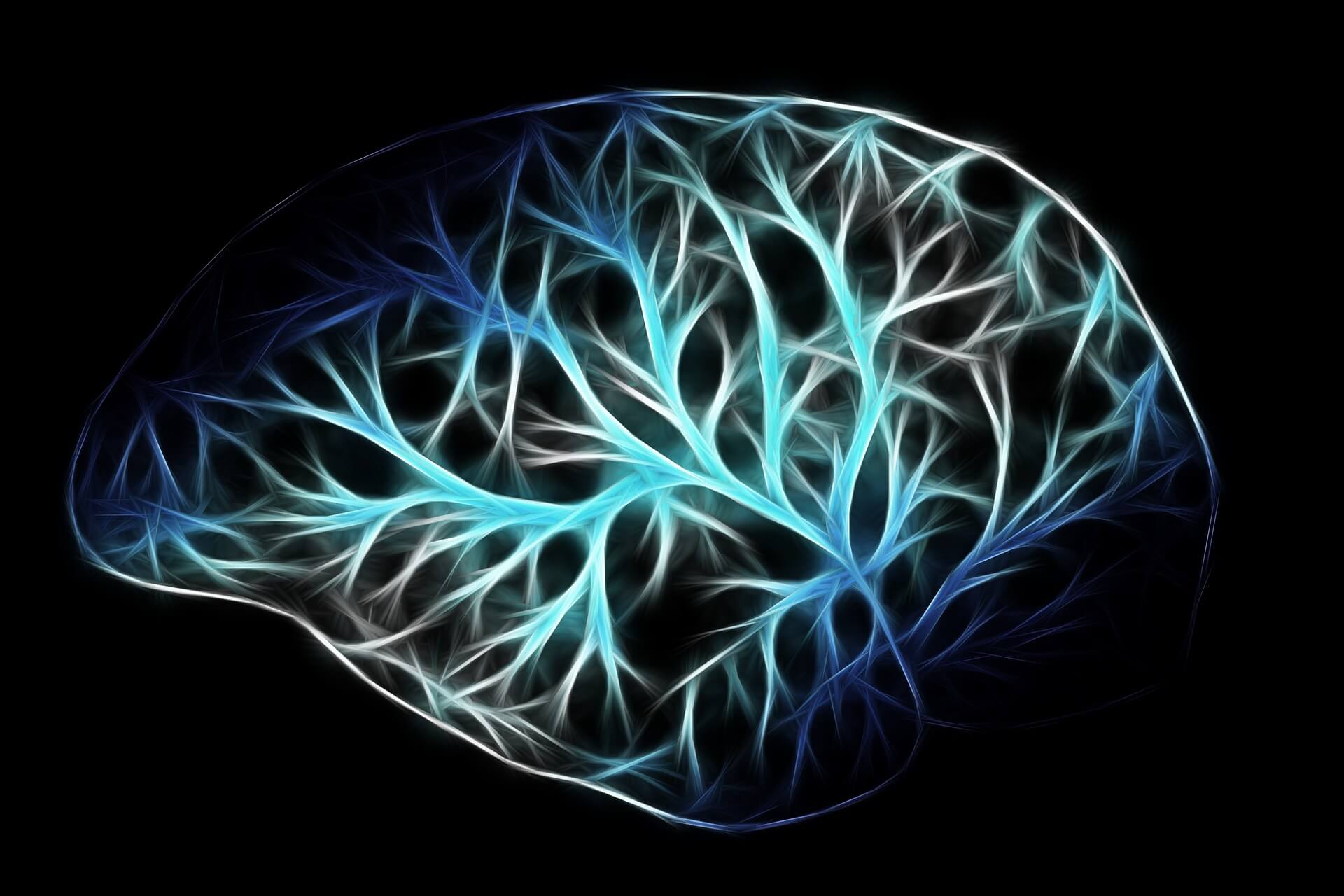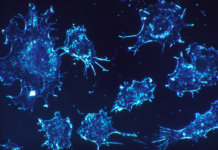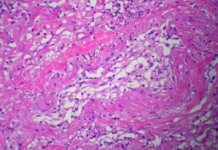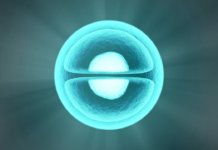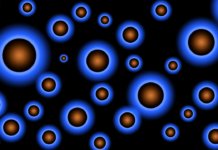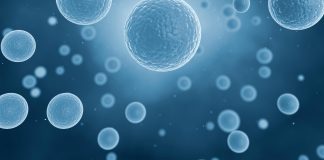Controlling brain aging by strengthening lysosomes
In a recent publication in Science magazine[1], Stanford University researchers found that quiescent neural stem cell activation could be improved by enhancing lysosome activity. This activation is essential to prevent physiological brain decline and maintain good brain activity.
Neural stem cells serve as a reserve to generate new neurons, and must therefore be maintained in good health for long periods of time. Among the many different equilibriums to be maintained, the balance of proteins, proteostasis, is crucial, since the accumulation of protein aggregates occurs during many neurodegenerative diseases[2]. The mechanisms used by brain stem cells to maintain this balance are not well known and have been better understood in this study.
What do the results show us?
Researchers compared neural stem cells from young and old mice. They studied transcriptomes[3] (the set of RNA transcripts present in cells), to understand the mechanism by which proteins are degraded. The results showed that quiescent neuronal stem cells showed strong lysosomal activity, unlike active neuronal stem cells, which showed strong proteasome activity. Further experiments in the intracellular environment showed that the majority of protein aggregates of quiescent cells were contained in lysosomes.
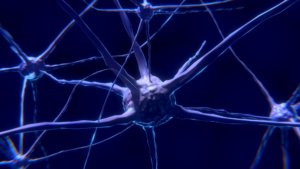
These observations agree that the proteostasis of quiescent cells is mediated, in part, by lysosomes, small cellular organelles that eliminate impurities from the cells. The results also showed that quiescent stem cells are less effectively activated in older mice than in younger mice.
Change lysosome activity
These results prompted scientists to question the impact that manipulation of lysosome activity could have. They observed that the accumulation of protein aggregates led to a decrease in the ability of quiescent cells to activate. Conversely, stimulating the lysosome pathway increases aggregate removal, thereby improving quiescent neural stem cell activation.

A possible application to increase quiescent neural stem cell activity
Quiescent neuronal stem cells, when they emerge from their hibernation state, give active neuronal stem cells, which can proliferate and produce different types of mature cells. With age, the activity of the lysosome is disrupted, causing the accumulation of protein aggregates and affecting the activation of quiescent neural stem cells. Strengthening the pathway of lysosomes in older quiescent stem cells would counteract the negative effects of their declining activation.
As part of the fight against aging, the discovery of this new target for maintaining balance within neuronal cells could be applied to other older mammalian cells to rejuvenate them.
References :
[1] Leeman et al., Science 359, 1277–1283 (2018).
[2] Justin J. Yerbury, Lezanne Ooi, Andrew Dillin, Darren N. Saunders, Danny M. Hatters, Philip M. Beart, Neil R. Cashman, Mark R. Wilson and Heath Ecroyd. Walking the tightrope: proteostasis and neurodegenerative disease. J. Neurochem. (2016) 137, 489–505.
[3] L. Bryan Ray. Lysosomes keep neuronal stem cells young. Science 359 (6381), 1227-1228.
Anne Fischer

Author
Auteur
Anne is studying medicine science at the Institute of Pharmaceutical and Biological Science in Lyon and she has graduated with a Bachelor’s degree in molecular and cellular biology at the University of Strasbourg.
More about the Long Long Life team
Anne étudie les sciences du médicament à l’Institut des Sciences Pharmaceutiques et Biologiques de Lyon. Elle est titulaire d’une licence en biologie moléculaire et cellulaire de l’Université de Strasbourg.
En savoir plus sur l’équipe de Long Long Life


